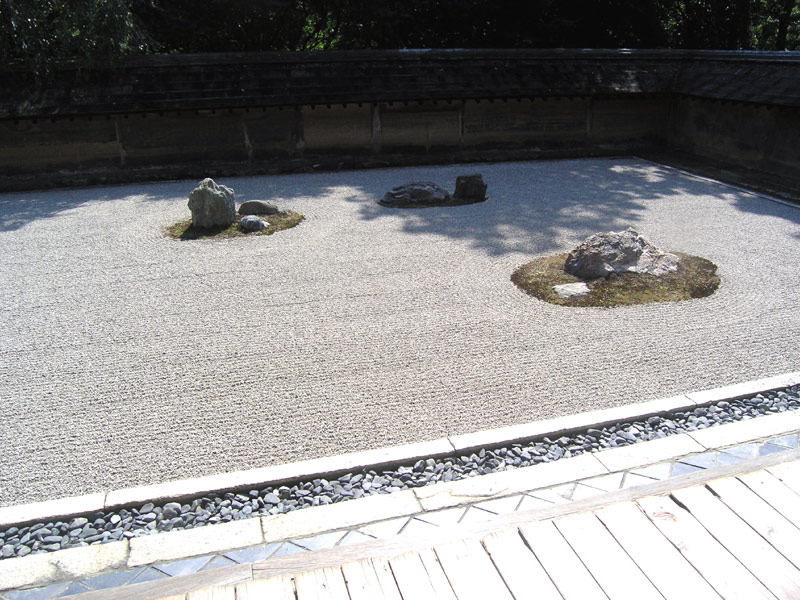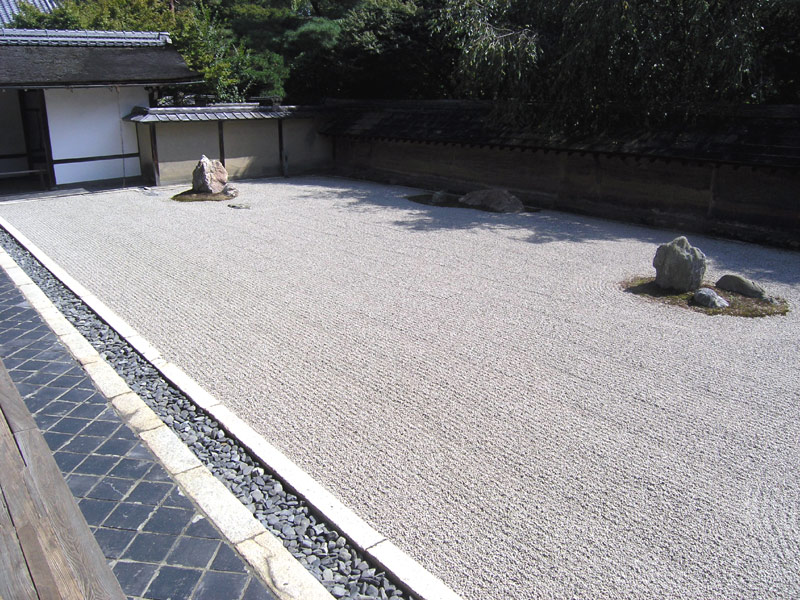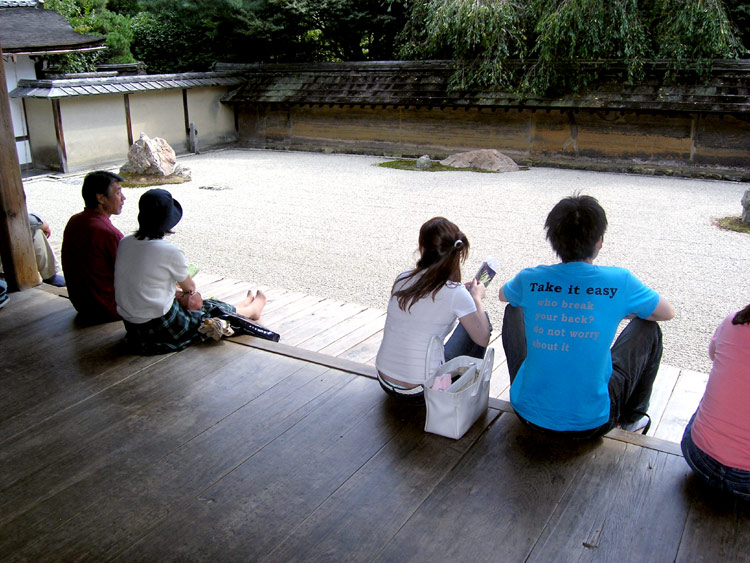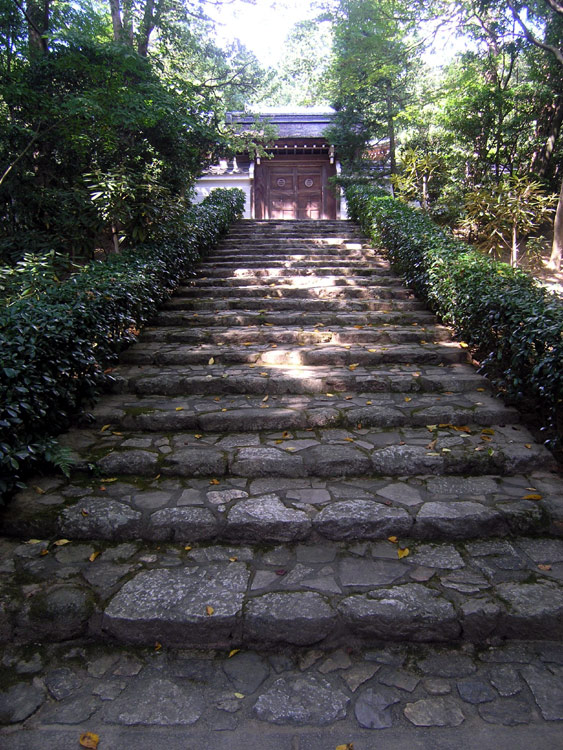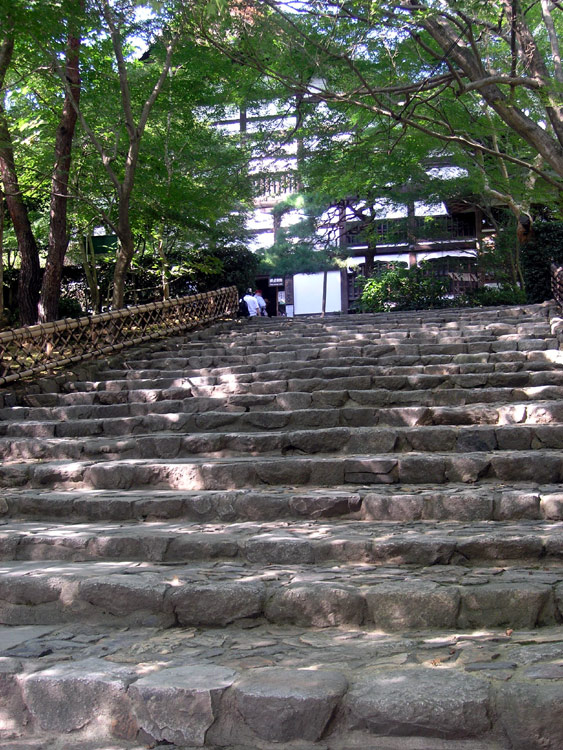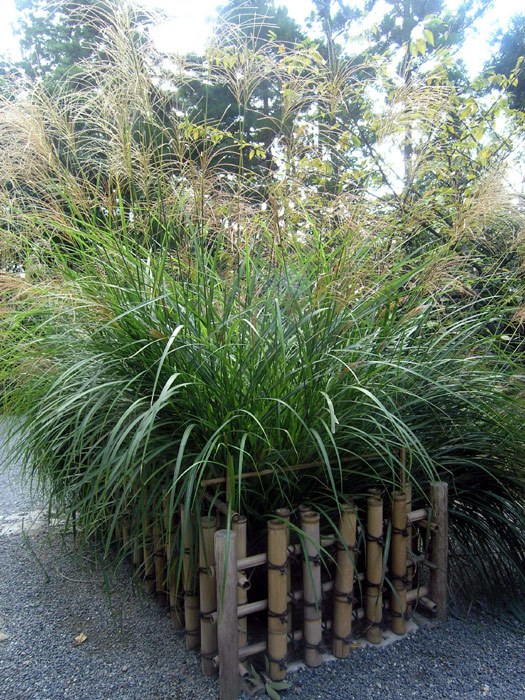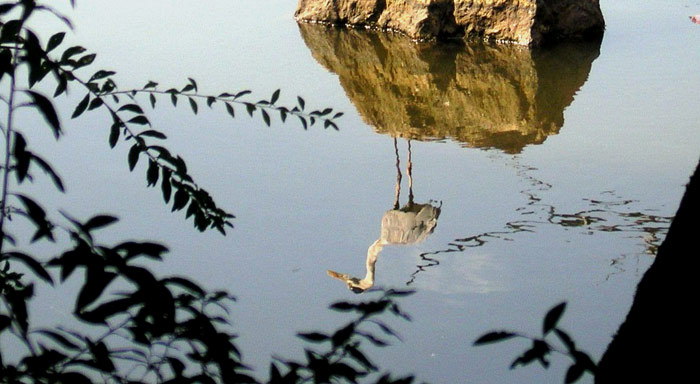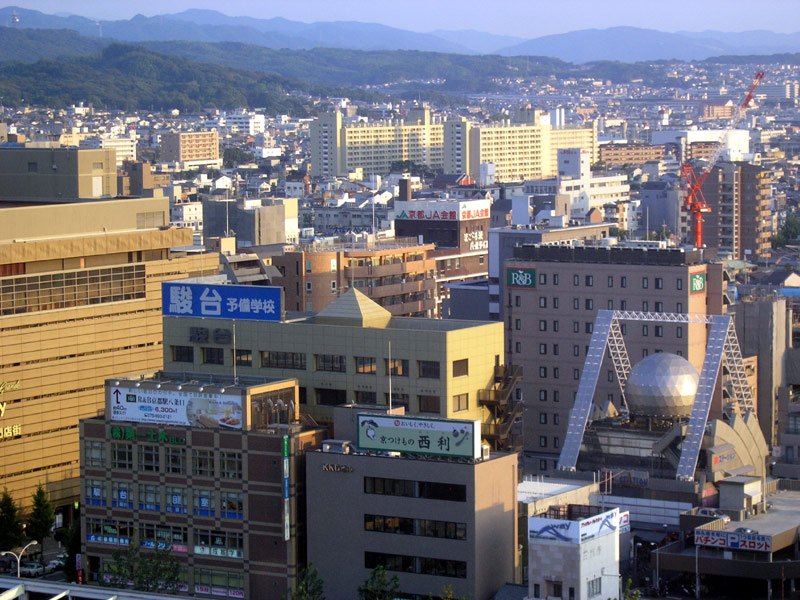
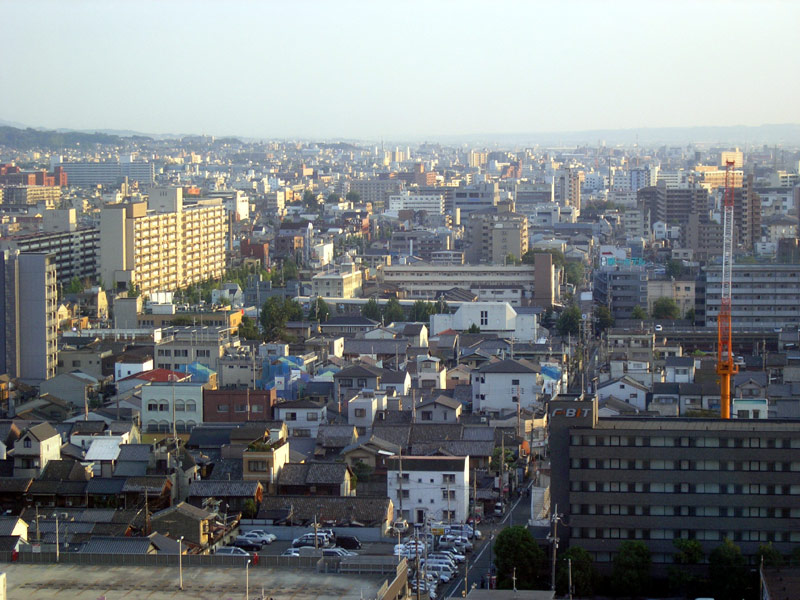
Kyoto:


Check out the dolls on the
official web site of the Kyoto tower.
Comments from http://www.phoons.com/kyototower.html:
"Each major metropolitan city in Japan has a tower. Residents take pride in the height of their tower. But Kyoto's tower, built in 1964 in the motif of a candlestick for Buddhism or a lighthouse (for a city which is not near the sea), stands atop a build, so it looks like cheating. Not all Kyoto residents are proud of it..." --SG
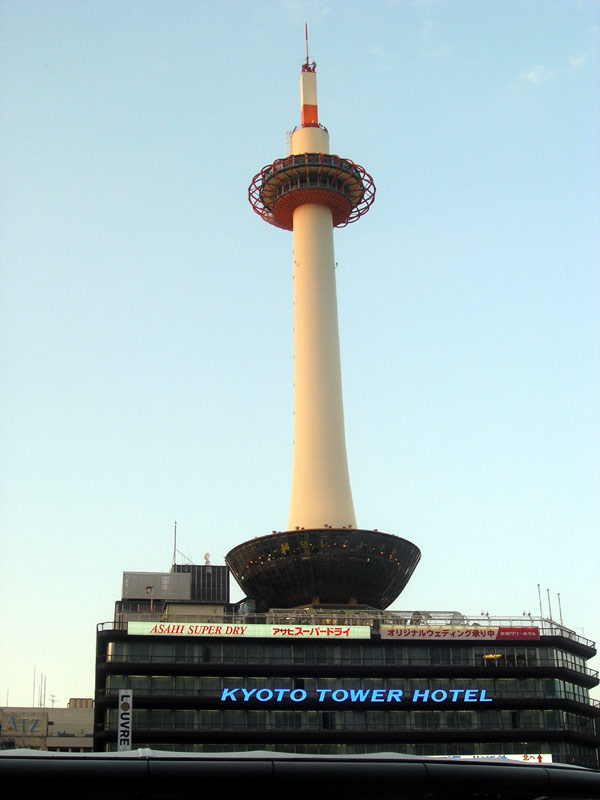
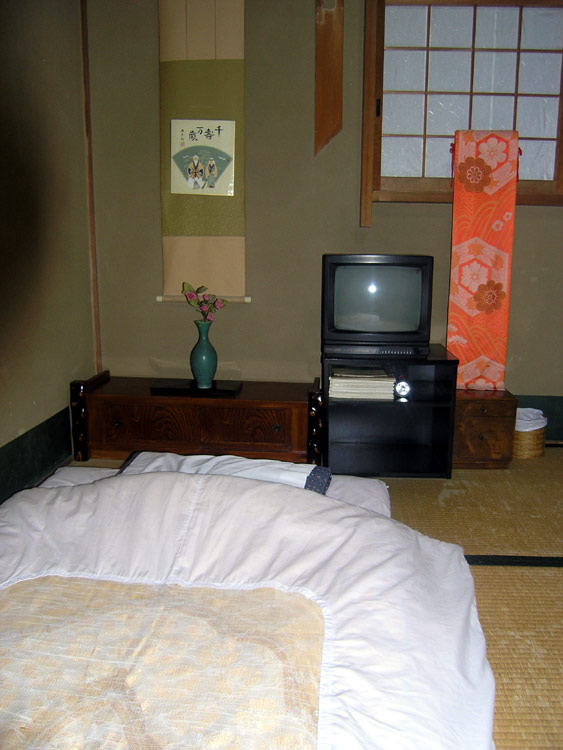
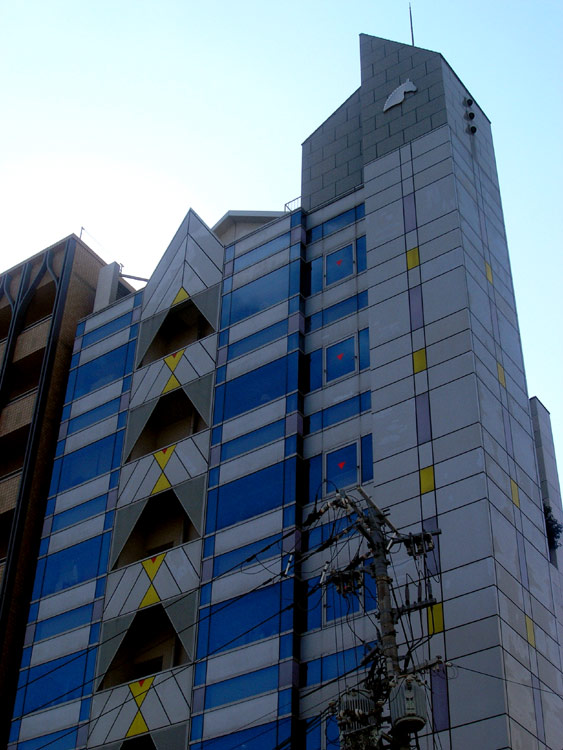
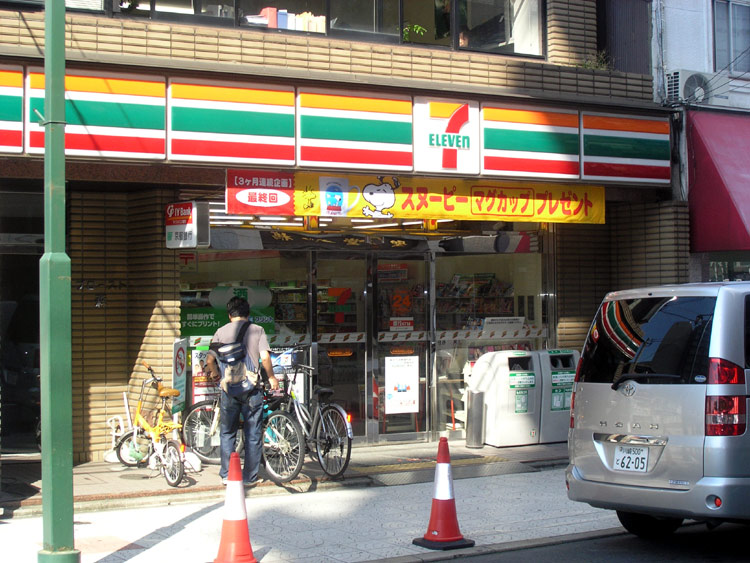
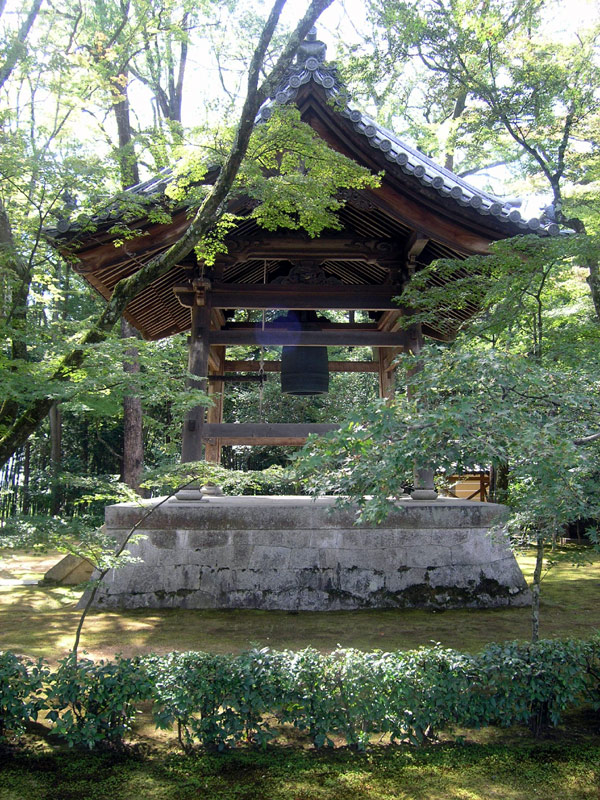
These are pictures Jarl took at the Golden Pavilion in Kyoto. For more information, see the Wikipedia entry (below).
Kinkaku-jiKinkaku-ji (Golden Pavilion Temple) is the name of one of the buildings in the Rokuon-ji (Deer Garden Temple) in Kyoto, Japan, and is the main attraction of the temple grounds. The Golden Pavilion (formally called 'Shariden') was originally built in 1397 to serve as a retirement villa for Shogun Ashikaga Yoshimitsu. It was his son who converted the building into a Zen temple of the Rinzai school. The temple was burned down several times during the Onin War. Yoshimitsu's grandson used Kinkaku-ji as the inspiration for Ginkaku-ji, a Buddhist temple, which he intended to cover in silver.
The entire pavilion except the basement floor is covered with pure gold leaf. The pavilion functions as a shariden, housing relics of the Buddha. On the roof of the pavilion is a golden fenghuang or "Chinese phoenix".
In 1950, the temple was burned down by a mentally disturbed monk; a fictionalized version of the events is at the center of Yukio Mishima's 1956 book The Temple of the Golden Pavilion. The present structure dates from 1955. Recently, the coating of Japanese lacquer was found a little decayed and a new coating as well as gilding with gold-leaf, much thicker than the original coatings was completed in 1987. Additionally, the interior of the building, including the paintings were also restored. Finally, the roof was restored in 2003.
The land where the Golden Pavilion sits was used in the 1220s as a villa for Kintsune Saionji. The pond near the Golden Pavilion is called Kyoko-chi (Mirror Pond).
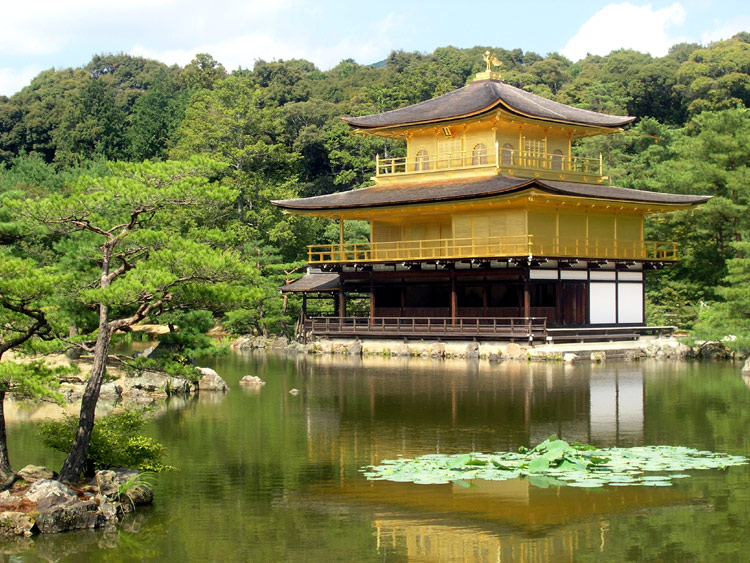
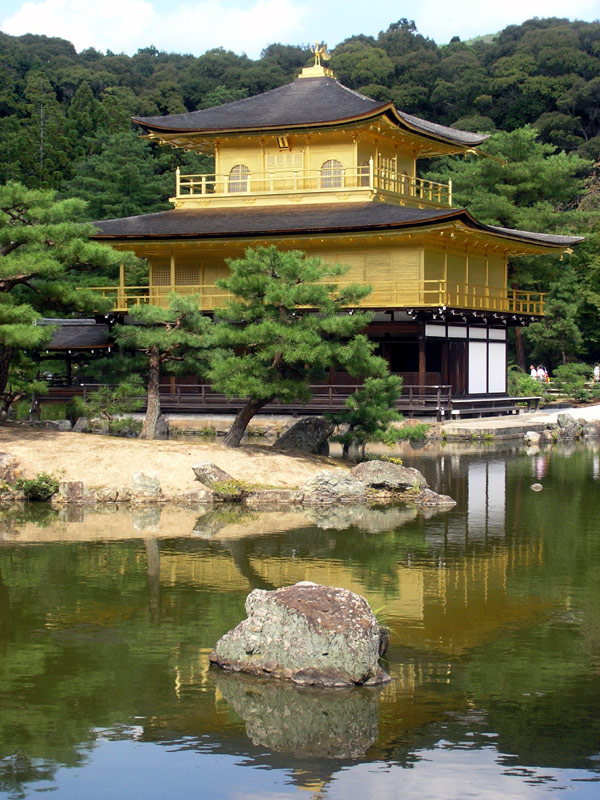
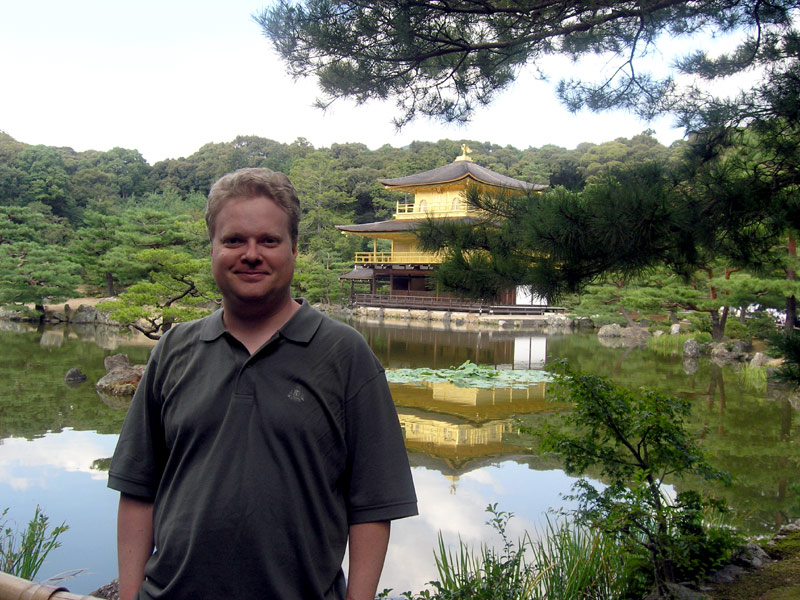

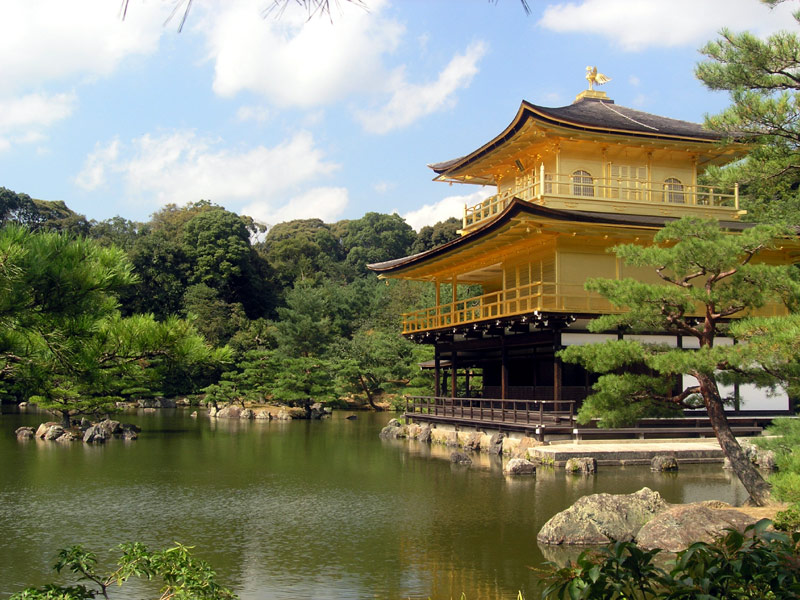
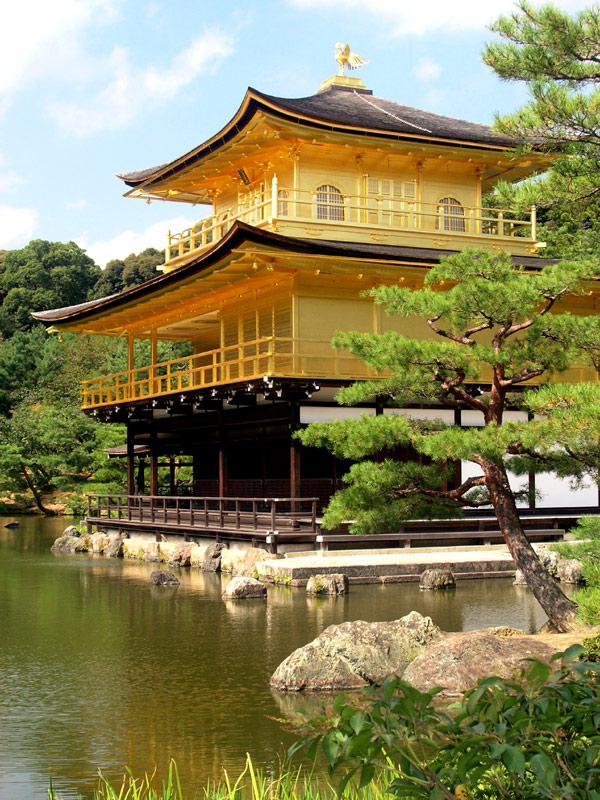
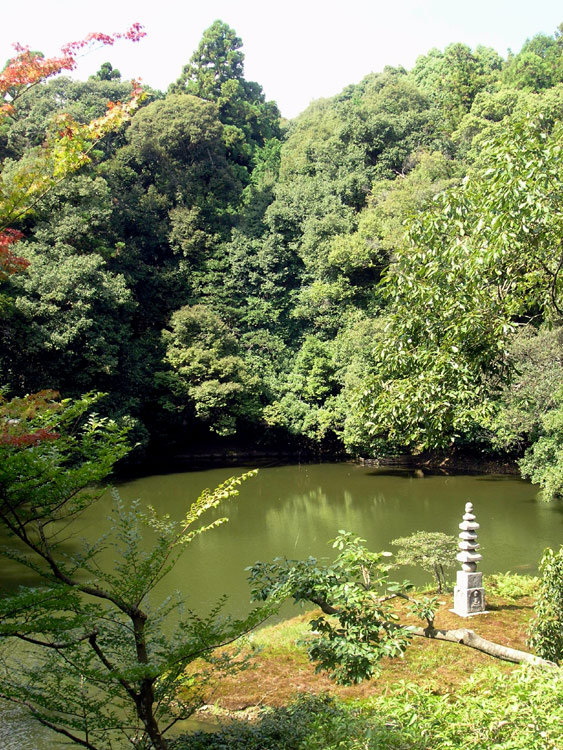
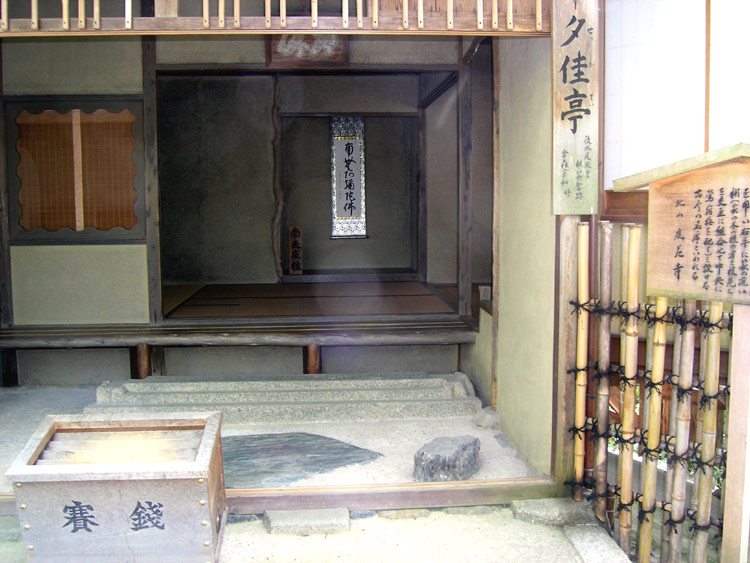
Ryonaji
From http://www.yamasa.org/japan/english/destinations/kyoto/ryoanji.html:In December 1994, this temple was designated as World Heritage by UNESCO. Ryoanji (Temple of the peaceful dragon) is in the northwest section of Kyoto, not far from Kinkakuji. This is a temple belonging to the Myoshinji school of the Rinzai branch of the Zen sect. The earliest temple recorded on this site dates from 983, though it was originally the estate of one of the branches of the Fujiwara family during the Heian period. After serving as the retirement home of an emperor it became a temple known as Tokudaiji (also referred to as Enyuji).
Hosokawa Katsumoto (1430-73), a military commander of the Muromachi Period (1336-1573) then built his estate on the ruins, but he was killed during the Onin Wars (1467-77) and left the 120 acres of the estate to become a temple - this was when Ryoanji was founded. The Onin wars however were not yet over, and along with almost the entire city of Kyoto, the original buildings were burnt to the ground as the city became a battlefield.
Reconstruction took place during the period 1488-1499 and it is generally thought that the temple's highly acclaimed rock garden, which fronts the hojo (superior's hall), was built soon thereafter...It is a simple rock garden, consisting of nothing but white gravel/sand and 15 rocks, laid out just after the Onin Wars in the late 15th century. Put simply, this rock garden is acknowledged to be one of the absolute masterpieces of Japanese culture.
The simple yet striking garden is just 30 meters long from east to west and 10 meters from north to south. There are no trees, just 15 irregularly shaped rocks of varying sizes, some surrounded by moss, arranged in a bed of white gravel/sand that is raked every day. The elimination of trees and plants and overall simplicity is reminiscent of abstract art. Conceptually it is as far from the ornate gardens of the contemporary court nobles in medieval feudal Japan as imaginable. It is sometimes hard to imagine that two such contrasting styles could emerge from the same 15th century culture.
The garden is constructed in the "dry landscape" style called Karesansui. The rocks of various sizes are arranged on small white pebbles in five groups, each comprising five, two, three, two, and three rocks. The garden contains 15 rocks arranged on the surface of white pebbles in such a manner that visitors can see only 14 of them at once, no matter what angle the garden is viewed from. It is said that only when you attain spiritual enlightment as a result of deep Zen meditation, can you see the last invisible stone.

